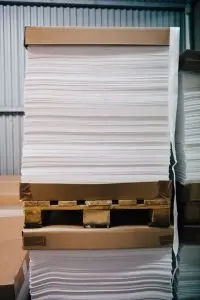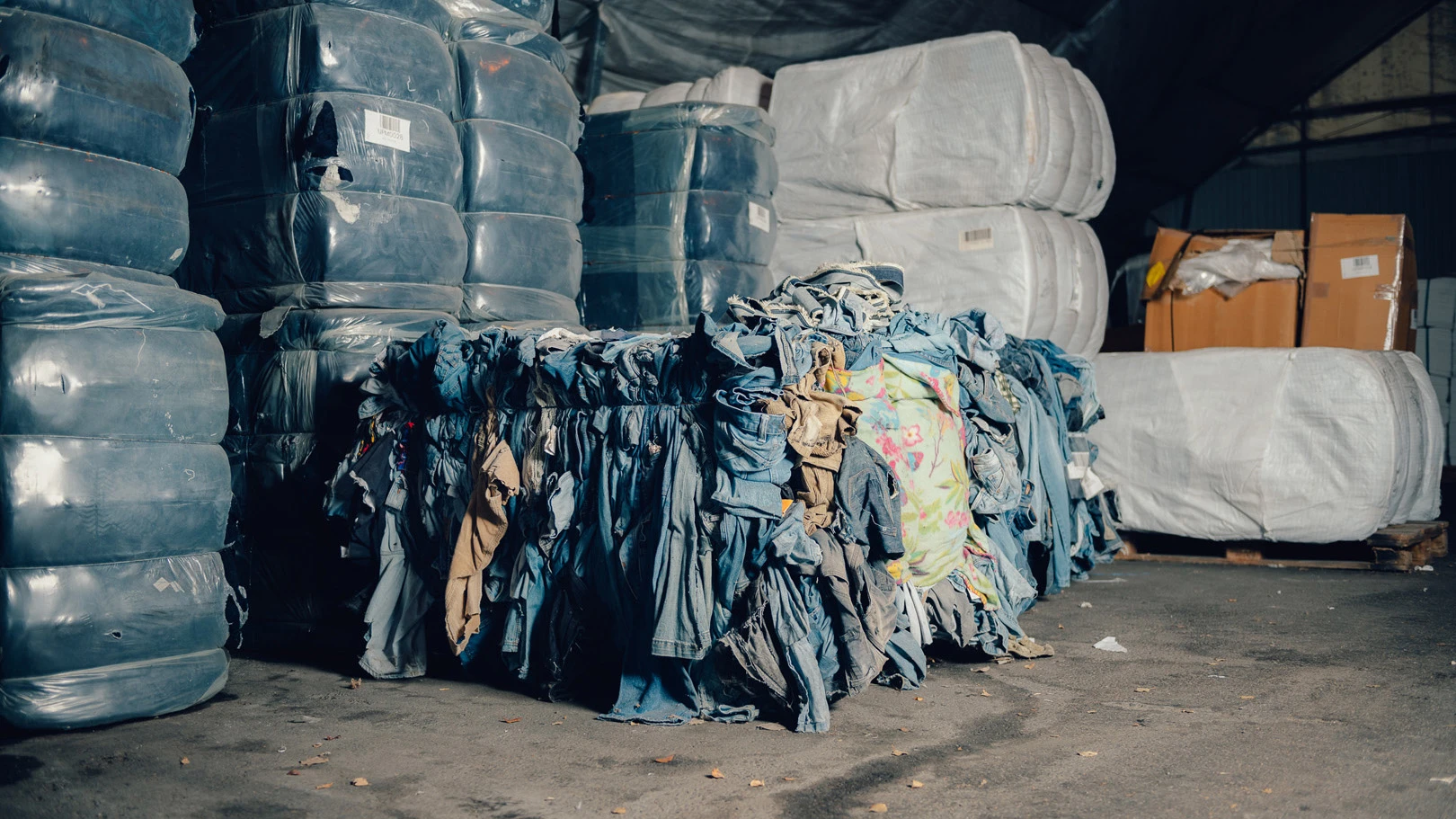If you buy this new blue dress from H&M once it hits stores in March, it might be made in part from a pair of jeans that you recycled last year. The retailer is the first to use a new material called Circulose that makes it possible to recycle old clothing into a textile that looks and feels completely new.

In the past, recycling clothing has meant downcycling it into lower-quality materials—chopping up the fibers in a piece of clothing and losing the strength and softness of the original material. It wasn’t really viable for making new clothing, which is why most jeans you’ve recycled in the past have probably ended up as something like insulation. Renewcell is one of a handful of startups working on new technology that fixes this problem. The company shreds up cotton, turns it into a pulp, forms it into paper-like sheets, and then sends it to mills that dissolve it and send it through equipment that turns it into fibers that feel like cotton or silk.

For the H&M dress, the company used a blend of 50% recycled jeans and 50% wood from sustainably managed forests. While the startup plans to scale up to 100% recycled clothing as an input later this year, to meet production volumes for its first batch, it needed to include wood pulp, a material that textile manufacturers already commonly use to make materials like viscose. The jeans were sourced from a company that collects used clothing in North America. “They always end up with a pile of clothes that can’t be resold to consumers,” says Cavalli-Björkman. “And they’ve been diligently looking for partners to do something better than downcycling.”
Because the material avoids using virgin cotton, it also avoids cotton’s environmental issues, including water and pesticide use. And because it helps old clothing avoid the landfill, the material actually has a negative carbon footprint—if a pair of jeans ends up in a landfill, it will emit methane, a potent greenhouse gas. In an incinerator, it emits carbon dioxide. “We store that carbon in the clothing,” he says. “So it’s basically carbon storage as clothing—you keep it out of the atmosphere and in the closet.” The company’s factory also runs on renewable energy. For each kilogram of the material produced, it estimates that it removes two kilograms of CO2 from the atmosphere.
H&M, which aims to move to 100% recycled or sustainably sourced materials by 2030, has been collaborating with the startup since it launched, and invested in it in 2017. The cost of the material is already competitive, Renewcell says. (The H&M dress, however, will be part of the brand’s more expensive “Conscious Exclusive” collection and retail for $149.) Renewcell’s first factory can recycle 7,000 tons of clothing a year; the startup is now raising funds for a second plant that will be able to recycle 60,000 tons. It’s also beginning to work with others across the fashion industry. “It’s really about proving the versatility of our material and showing that is about shifting the whole industry and not just some parts,” Cavalli-Björkman says.
Recognize your brand’s excellence by applying to this year’s Brands That Matter Awards before the early-rate deadline, May 3.
